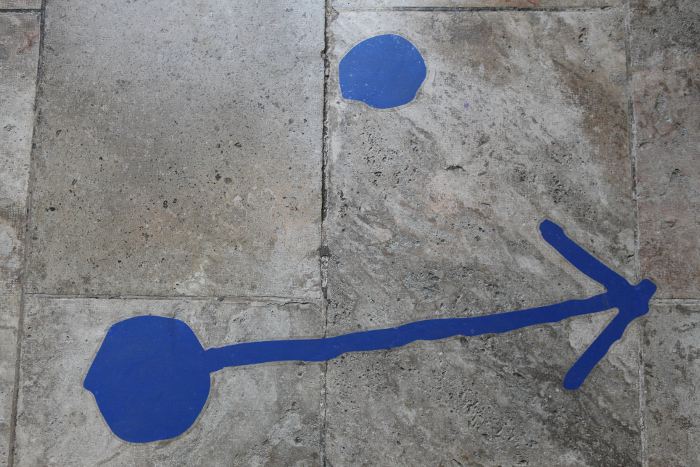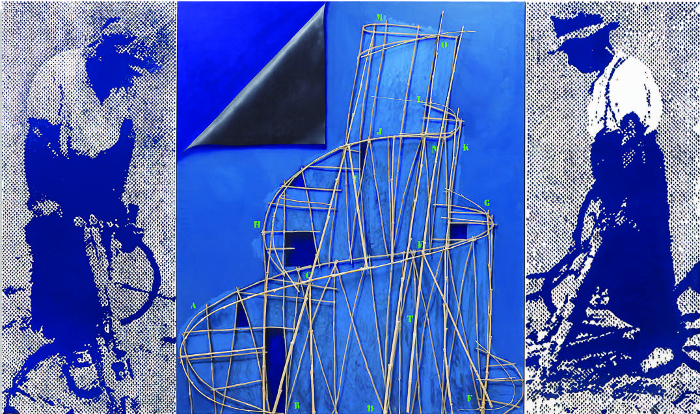 |
| Serie Las emociones (azul) (Emotions [blue]), 2014 © Artur Hera |
CATÀLEG, VIDEOS I ALTRES ELEMENTS DE COMUNICACIÓ
Artur Heras has been one of the most singular artists in the European environment for the last few decades. His contribution to Iconographic Modernism has been decisive thanks to the constant dialogue he has held between History of Art and certain literary and cultural milestone. His formal renovation during the 60s- along with essential figures of the artistic environment linked to the “chronicles of reality”- gave light to a plural and heterodox reality, overcoming the difficulties challenging creative activities back then. Since then, the artist has walked along several pathways which have left clear evidence of his audacity and bravery when developing the essential elements of communication and plastic expressions. In his paintings, sculptures and in his period of graphical agitation he has always stood out for his direct but yet refined, spontaneous and forceful style which results from a meticulous staging of topics and concepts which bring us close to a mysterious and complex universe filled with messages and discoveries.
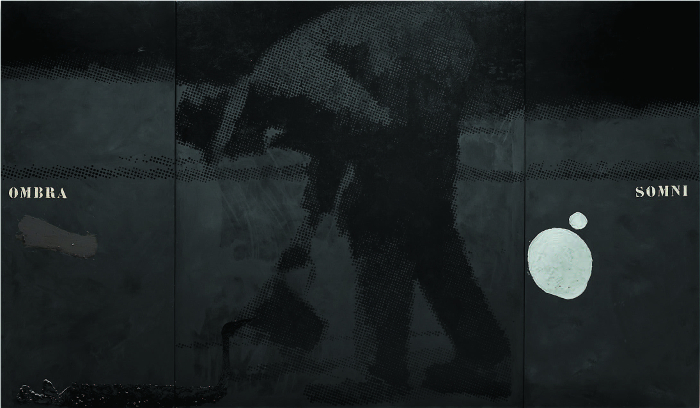 |
| Serie Las emociones (negro) (Emotions [black]), 2014 © Artur Heras |
Heras, (Artur). Heras is a Valencian painter born in Xàtiva in 1945; at the age of 18, he discovered pop-art through the movement arisen in the Valencian framework. He was considered as link between Renau and the infinite, in which there were groups such as Crónica, Realidad or El Trío de Calaveras Boix Armengol and Heras. Subsequently, he made of material and heritage collages a statement of principles on the insecurities of Avant-gardism thy will be done on earth as it is in heaven, both in politics and paintings and among operational silences and conceptual ironies. He developed his own creative individuality which embraces both symbolically residual and naked pop-art images and a world of linings and simulacra where silhouettes and images are the only exchange and use values. There is no artistic technique or space he has not developed, so his artistic pathway goes towards the installation of the creative perplexity as a natural and optimum situation.
Manuel Vázquez Montalbán (Quadern de dibuix, Galería Arte Xerea 1993)
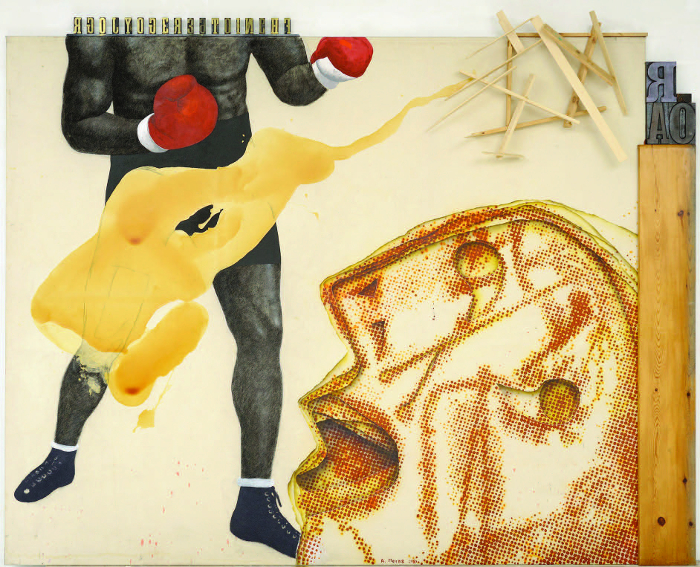 |
|
El Manifest (The Manifesto), 2010 © Artur Heras
|
Non-fiction is the appropriate term to define literature seeking verism, being different to other more hermetic and escapist genres. In journalism, authors such as Truman Capote, Tom Wolfe or Norman Mailer added literary resources which promoted the quality of the narration generating a new journalistic language to classical precepts of information transparency. Just as literature, painting is historically associated to fiction in any case, both in made-up stories and in the transcription of real facts, this construction is done through language. Before the inability of describing the real in all its cruelty, language develops its own construction, transforming it through the sensory world.
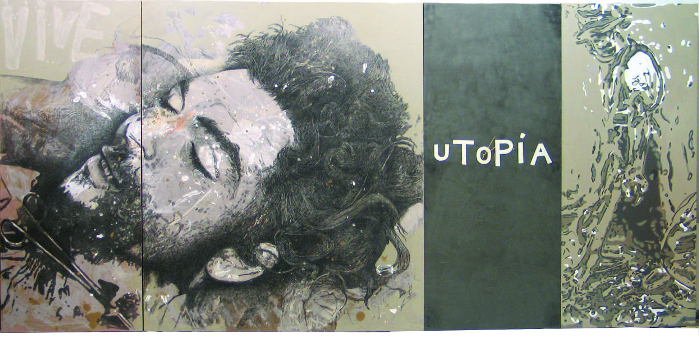 |
| Serie Las emociones (Emotions [utopia]), 2014 © Artur Heras |
I – PAINTING AND SPREADING
Objet-peintures from 2012, where images without depth highlight the pictorial plane as a contrast with the expressivity of the spread materials from the painting’s surface to its surroundings, an immediate presence.
II – EMOTIONS
These works are based on the interest some classics showed on the study of human expressivity. Representation of mood changes is not sought here but rather perception of concepts and doubts on the complicity with the spectator in a game between object identity, visual forms and, maybe, desire.
The expositive proposal transpired an intention of reivindicating the power of images to trascend perception’s simle frontiers and trying to offer an antidote to the excess of images which fill our retinas. Recalling María Zambrano, humans must -always- suffer their own transcendence.
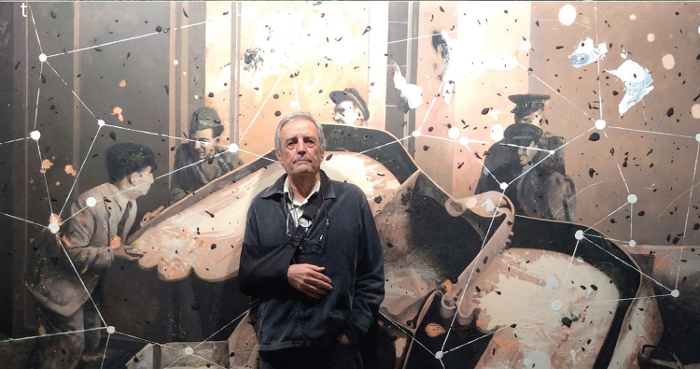 |


